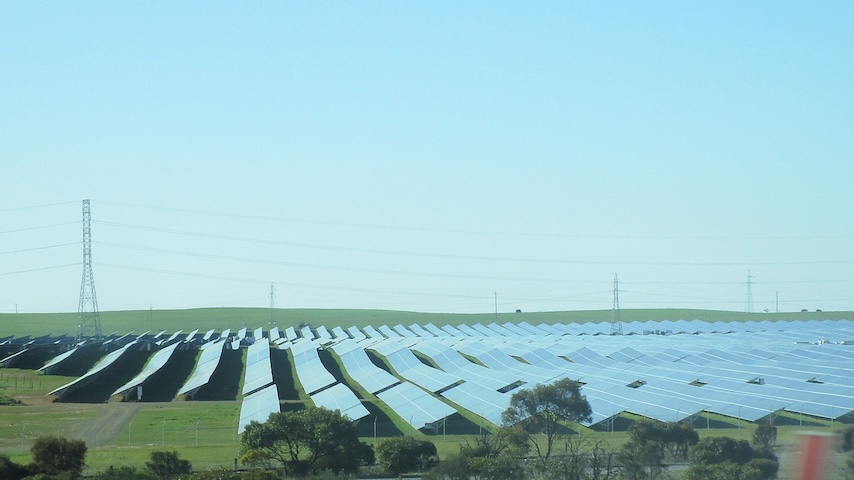Another Report Finds Nuclear Power Takes Too Long and Costs Too Much
Photo by Leanne Davis/Wikimedia Commons
Nuclear power continues to straddle some strange divides in the energy discourse. In the U.S. it has bipartisan support, at least rhetorically speaking, while various other countries continue to either back away from it or pivot closer, depending on regional and national circumstances. But outside of a few very specific places — okay, mostly China — the baseline problem with nuclear power as a climate change solution is simple: too slow, too expensive.
A new report from Australia’s government science agency CSIRO adds another data point. Though advocates have said that the country could add new nuclear plants inside a 15-year window, the agency’s GenCost report found otherwise, instead noting that solar, wind, and batteries are the more reasonable options for a country that, while improving, still gets a lot of its power from coal.
“[A]t least 15 years remains the most plausible lead time” for a new nuclear plant (emphasis CSIRO’s), contrary to some more optimistic guesses out there like that from the International Atomic Energy Agency. Though some other countries, like China or the United Arab Emirates, have managed to build plants faster — a new build in the UAE took 12 years — Australia or similar countries likely can’t repeat that. “[O]ur level of consultation will be consistent with our higher level of democracy,” the report’s authors wrote — when there are more than just top-down government forces with a say, building something this big and complex gets a lot harder.
Then there’s the cost. CSIRO found that solar photovoltaics and wind power are the lowest-cost of any tech for new energy facilities out to 2030; nuclear advocates claim that a big plant, though expensive, has such a long operating life that the cost is defrayed. The report points out, though, that if you’re only going to get a nuclear plant online in the 2040s, it’s a bit unfair to compare the cost to today’s solar and wind prices — technology improvements have already seen renewable prices tumble dramatically, and that is likely to continue.
“Similar cost savings can be achieved with shorter-lived technologies, including renewables, even when accounting for the need to build them twice,” CSIRO’s chief economist told The Guardian.
As always with nuclear power, it is a matter of resource allocation, and an acknowledgement that when it comes to climate change, time is very much an issue: the world needs emissions-free power now, today, and tomorrow, and next year, as well as in the 2040s and beyond. If you can build the nuclear plants to round out the future power generation picture but not have it eat into the rapid expansion of the quick-build renewables, fine; but that’s not usually how things go.